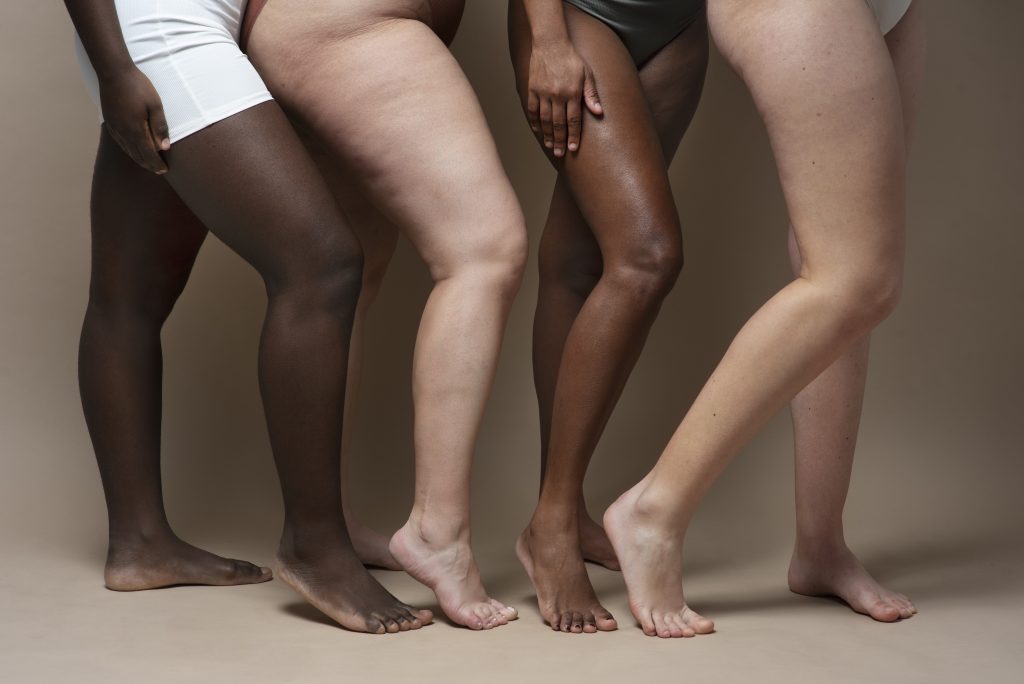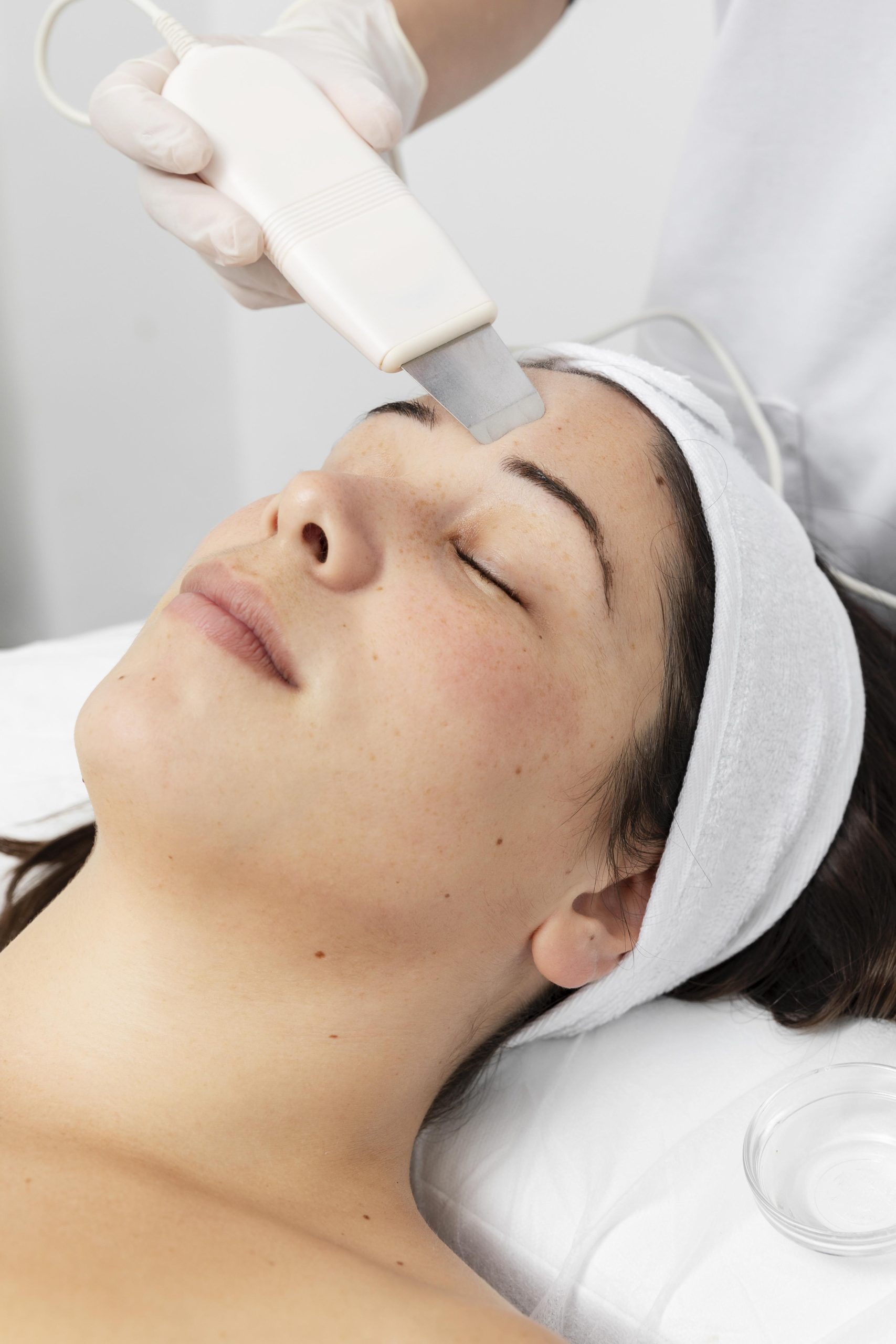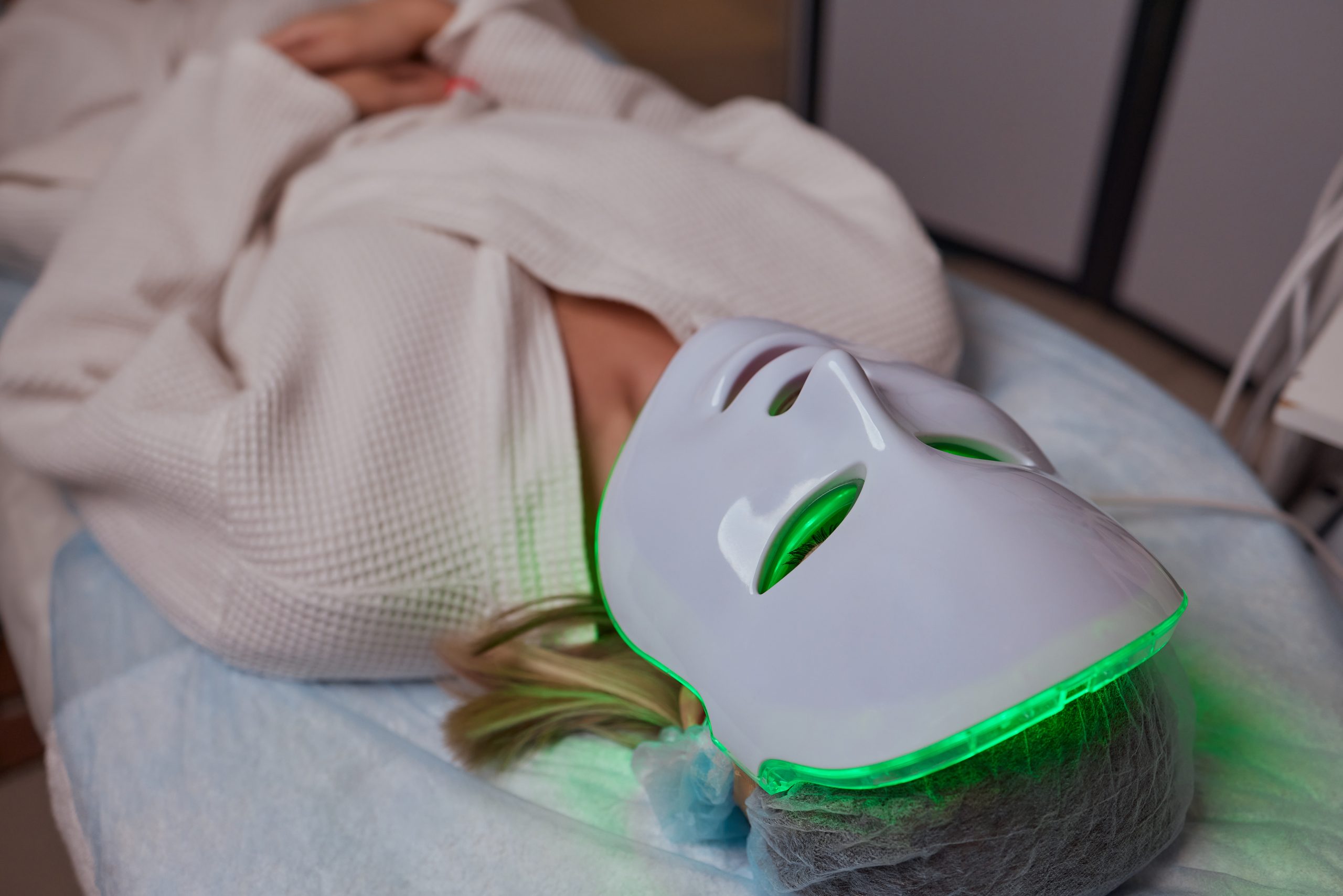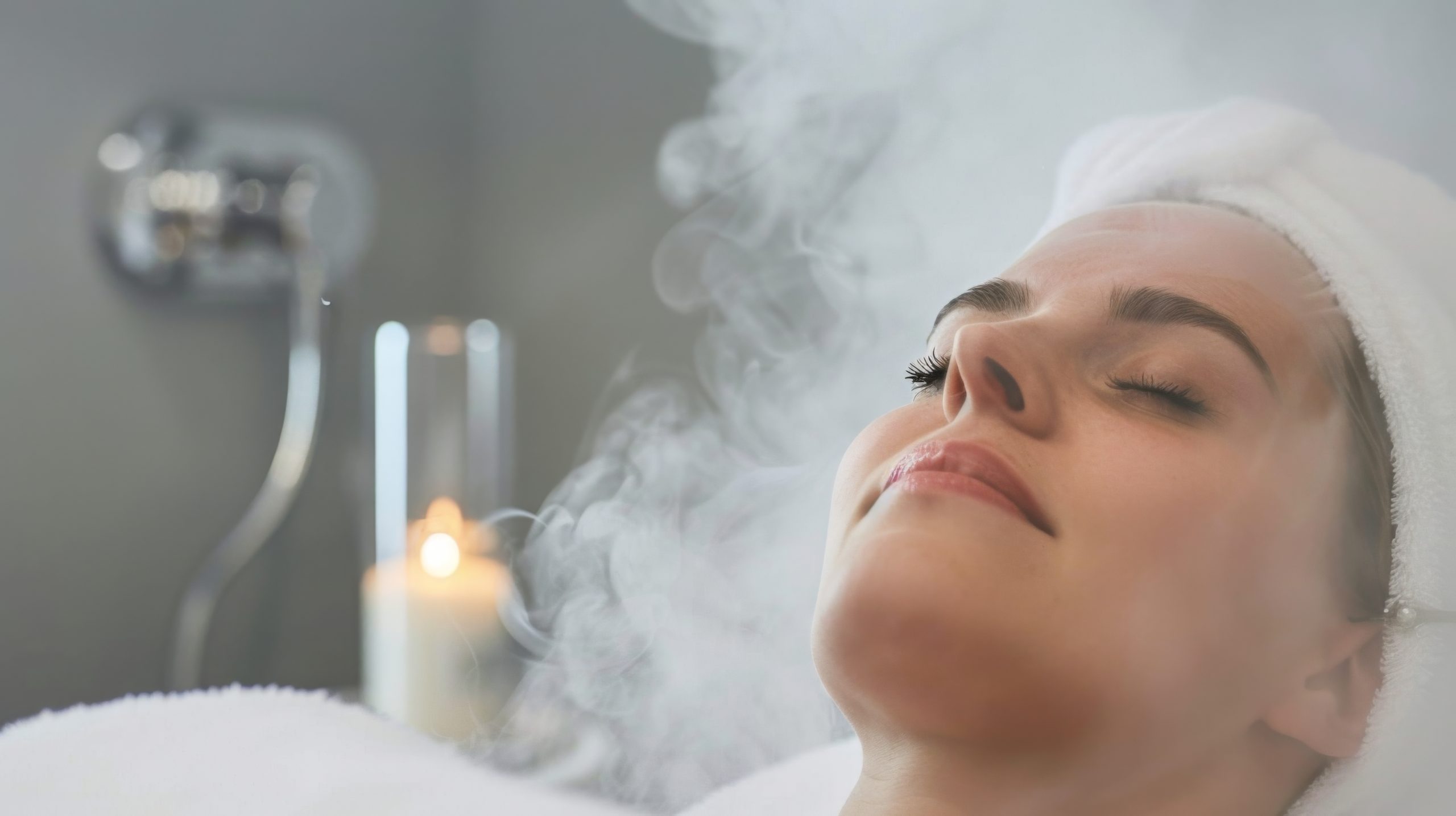In a world where aesthetics and health go hand in hand, the lipedema treatment has become increasingly sought after, as the condition demands extensive attention and care.
Many women, without knowing it, may be facing this chronic disease that manifests itself through the disproportionate accumulation of fat in the legs and arms. Recognized by the World Health Organization (WHO) in 2019, it is estimated that up to 12% of the female population suffers from lipedema, which can bring not only physical but also emotional challenges.
But after all, what is lipedema?
Lipedema is a condition involving an abnormal accumulation of subcutaneous fat, which usually occurs in the extremities, such as the legs and arms, while the trunk remains proportionate.
This condition can cause pain, discomfort and, in many cases, lead to emotional complications due to its appearance. According to the Brazilian Society of Angiology and Vascular Surgery of São Paulo (SBACV-SP), about 111% of women may suffer from lipedema.
Possible signs and symptoms of lipedema
- Visible increase in the volume of the legs and/or arms, which becomes more pronounced over time.
- Discomfort and pain in the affected areas.
- Formation of nodules or irregularities on the skin, which can be felt to the touch.
- Edema and feeling of heaviness in the legs.
- Tendency to bruise easily, even with minor trauma.
These symptoms can impact patients’ quality of life, making proper diagnosis and treatment essential.
Possible causes of lipedema
The exact effects of lipedema are not yet fully understood, but genetic, hormonal, and metabolic factors are believed to play a significant role.
Many women report that the condition worsens during periods of hormonal changes, such as puberty, pregnancy, menstruation, or menopause. Additionally, a family history of lipedema may indicate a genetic predisposition.
The lipedema treatments most recommended by specialists
Treatment for lipedema is multidisciplinary and may include a variety of aesthetic and medical approaches. Below, we highlight the main options available:
1. Lymphatic drainage
Lymphatic drainage is a massage technique that aims to stimulate the lymphatic system, promoting the elimination of toxins and reducing swelling. This technique is especially beneficial for patients with lipedema, as it helps relieve pain and the feeling of heaviness in the legs.
The application of Tecare for lymphatic drainage using bracelets with hands-free mode, in athermal mode, it is a technique that aims to stimulate the lymphatic system without promoting an increase in temperature in the tissues, reducing edema by increasing microcirculation and increasing lymphatic motility.
2. Cryolipolysis
Cryolipolysis is a technology that uses controlled cooling to eliminate fat cells. It is a non-invasive option that can be used in areas affected by lipedema, promoting volume reduction and improving body contour.
THE CriUSculpt from HTM Eletrônica, for example, combines cryolipolysis with low-frequency ultrasound, enhancing the results.
3. LED therapy and red laser
Also known as photobiomodulation, these treatment options can be used in conjunction with other therapies for lipedema, helping to improve circulation and relieve symptoms such as pain and swelling.
Red light can even reduce inflammation, providing relief from symptoms.
4. Endermology
Endermologie is a treatment that combines mechanical massage and suction, promoting lymphatic drainage and This technique is effective in improving circulation and reducing the appearance of lipedema.
Most commonly used aesthetic devices for lipedema treatment
Among the countless technologies available on the market, some devices stand out, such as:
1. Ultrasound
Ultrasound has important benefits for lipedema, including improving microcirculation and local metabolism through vasodilation and increased blood flow.
It also reduces chronic inflammation in the affected tissues, helping to reduce pain and sensitivity common in lipedema. It can also help to dissociate fibrous adhesions in the subcutaneous tissue, common in more advanced stages of lipedema, facilitating tissue mobilization.
2. Pressotherapy
Pressotherapy is a technique that uses controlled pressure to stimulate circulation and reduce swelling. It is especially useful for patients with lipedema, as it helps relieve pain and the feeling of heaviness in the extremities.
3. Photobiomodulation
Photobiomodulation uses low-intensity light to promote cell regeneration and reduce inflammation. This technology can be beneficial in improving appearance and promoting well-being.
Therefore, we can conclude that the treatment of lipedema is a challenge that requires a specialized and integrated approach. It is essential that patients seek professional guidance and appropriate treatments, thus ensuring a better quality of life and self-esteem.
HTM Eletrônica has cutting-edge technologies and equipment for the treatment of lipedema, visit our online store and discover how we can help you offer the best care to your customers, with a selection of equipment designed for this purpose!







